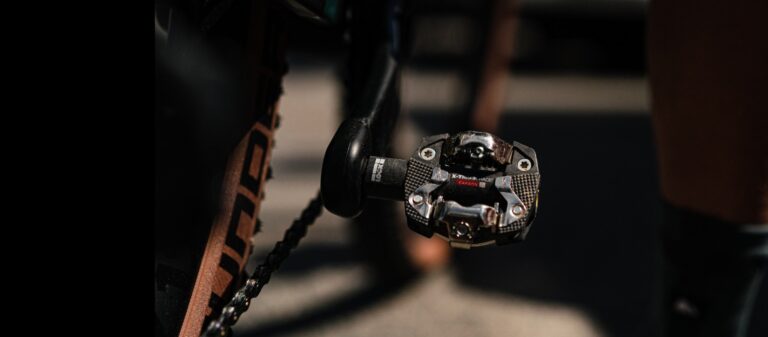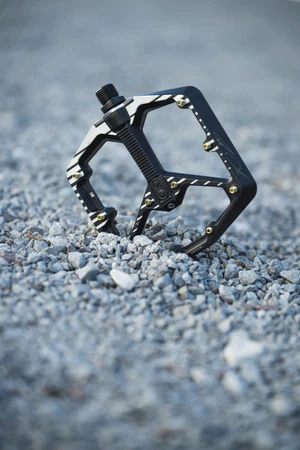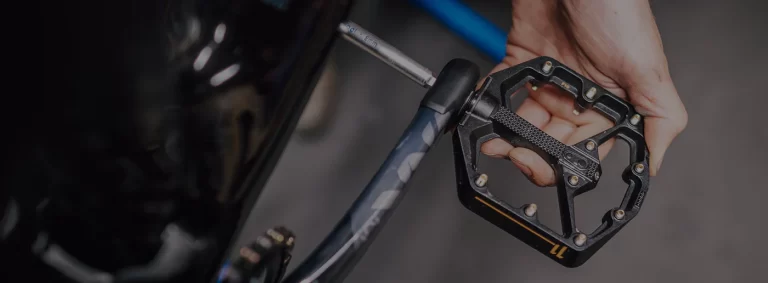The Importance of Pedal Cleat Compatibility: Insights from a Masters Cyclist
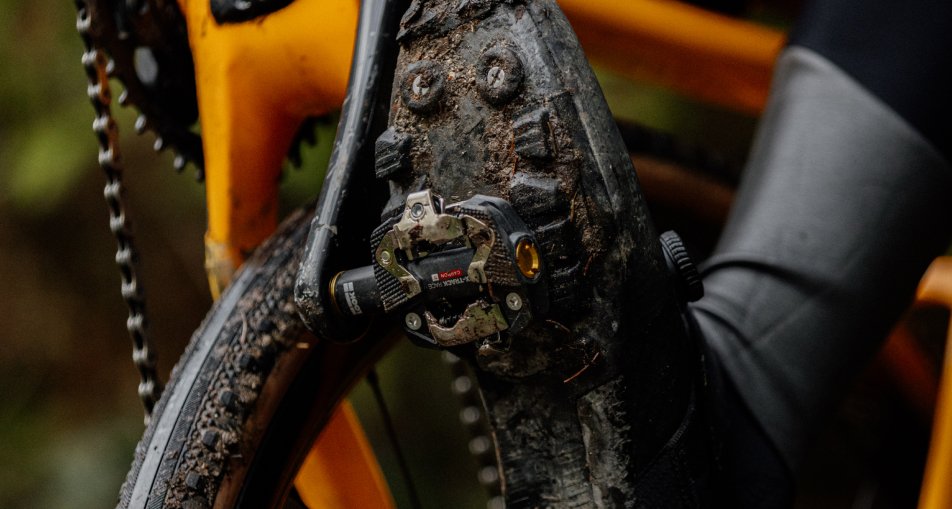
Key Point Summary of The Importance of Pedal Cleat Compatibility:
- Pedal Cleat Compatibility: Ensuring your cleats match your pedals is crucial for safety, performance, and comfort.
- Clipless Pedals: These pedals require cleats that attach to your cycling shoes, enabling a secure connection between the shoe and pedal.
- Shoe Fit: Not all cycling shoes are compatible with every cleat or pedal system, making it essential to choose shoes that match the cleat system you intend to use.
- Adjustment and Maintenance: Properly adjusting and maintaining your cleat and pedal system can significantly affect your riding efficiency and prevent injuries.
Embarking on my cycling journey years ago, I quickly learned that mastering the basics could significantly enhance my performance and enjoyment of the sport. One fundamental aspect that often bewilders beginners and even some experienced cyclists is the world of pedal cleat compatibility. The relationship between your shoes, cleats, and pedals is not just a matter of convenience—it’s a cornerstone of your cycling experience.
The Foundation of Pedal Cleat Compatibility
At the heart of pedal cleat compatibility is the concept of clipless pedals. Unlike traditional platform pedals, clipless pedals engage with cleats attached to the bottom of cycling shoes, creating a secure connection that improves power transfer, efficiency, and bike handling. However, not all cleats and pedals are made the same, and finding the right match is paramount.
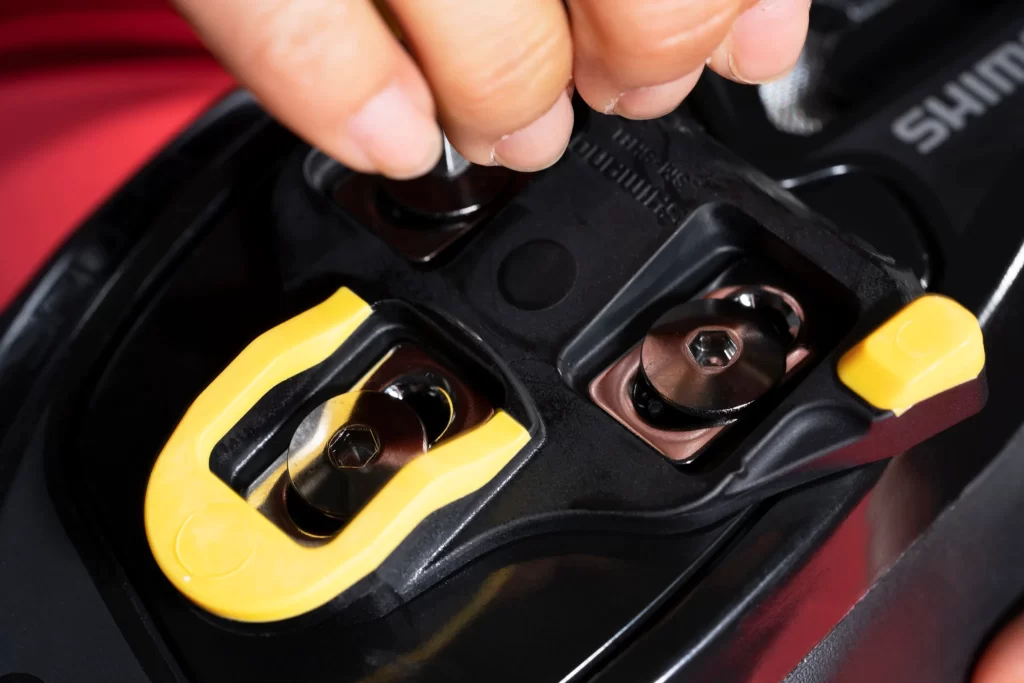
The Role of Clipless Pedals
Clipless pedals revolutionized cycling, offering a direct link between the cyclist’s leg power and the bike’s drivetrain. This system not only increases efficiency but also provides improved control over the bike. Yet, the magic of clipless pedals can only be realized when the cleats on your shoes are compatible with the pedals on your bike.
Navigating Shoe Fit and Cleat Systems
The journey to finding the perfect shoe and cleat combination can be daunting. Cycling shoes are designed with specific cleat mounts to fit different pedal systems, such as SPD, Look, or Speedplay. Each system has its unique benefits, whether it’s the walkability offered by SPD cleats on mountain bike and gravel shoes or the wide platform of Look cleats preferred by road cyclists for stability and power distribution.
Adjustment and Maintenance: A Cyclist’s Tale
Properly adjusting your cleats is as crucial as selecting the right pedal system. Misalignment can lead to discomfort, inefficiency, and even injury over time. I recall a time when I overlooked the importance of cleat adjustment, leading to knee pain that sidelined me for weeks. It was a stark reminder that even the smallest details, like cleat position and angle, can have significant impacts on our cycling health and performance.
Furthermore, regular maintenance of your cleat and pedal system cannot be overlooked. Wear and tear on cleats can alter your connection to the bike, affecting performance and safety. Regular checks and replacements ensure that every ride is as efficient and safe as the last.
The Compatibility Conundrum: Personal Anecdotes
My journey through various cycling disciplines, from mountain biking to cyclocross, has taught me the critical role of pedal cleat compatibility. On one memorable ride, I switched bikes but neglected to consider the pedal system on the new bike. The result was a loose connection that compromised my control and power transfer, transforming what should have been a thrilling ride into a cautionary tale about the importance of compatibility.
Another lesson came during a race when I noticed a competitor struggling with unclipped pedals at a crucial moment. This mishap, caused by worn-out cleats incompatible with the pedal tension, highlighted the importance of regular maintenance and compatibility checks.
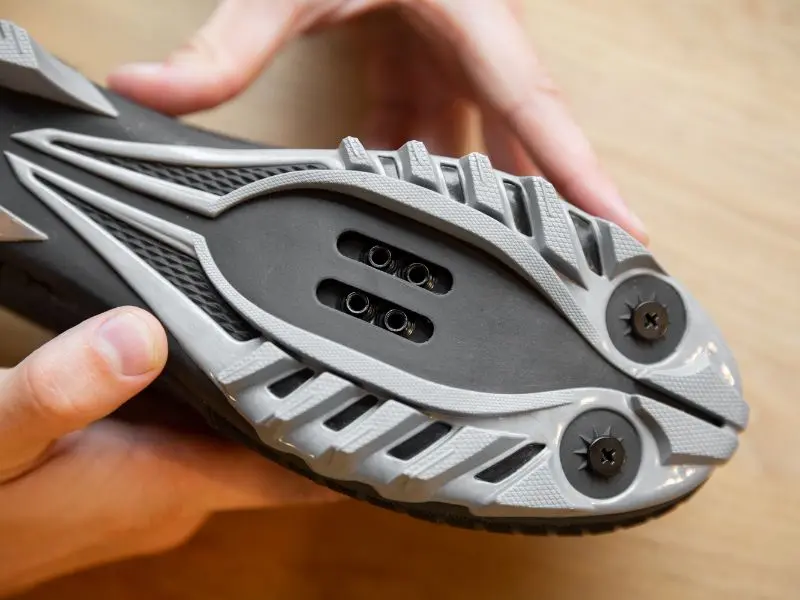
A Guide for the Perplexed
For those navigating the complexities of pedal cleat compatibility, my advice is straightforward:
- Research Before You Buy: Understand the differences between pedal and cleat systems to choose the one that best fits your cycling style and needs.
- Consult with Experts: When in doubt, seek advice from seasoned cyclists or professionals at your local bike shop.
- Regular Checks and Maintenance: Make cleat and pedal inspection part of your routine bike maintenance to avoid performance issues or safety hazards.
Wrapping Up: Cleats, Pedals, and the Road Ahead
As a masters cyclist with years of varied cycling experiences, I can attest to the significance of understanding and prioritizing pedal cleat compatibility. It’s a fundamental aspect that affects your connection to the bike, influencing everything from performance to comfort and injury prevention.
To my fellow cyclists, whether you’re just starting out or looking to refine your setup, remember that the right cleat and pedal combination is key to unlocking your potential on the bike. Embrace the process of finding the perfect match, and enjoy the ride with the confidence that comes from a secure, efficient connection to your machine.

A bike pedal renowned for its versatile cleat compatibility is the Shimano PD-M520. This pedal is a staple among cyclists across various disciplines, from mountain biking to road cycling and everything in between. It’s part of the SPD (Shimano Pedaling Dynamics) system, which is widely appreciated for its reliability and dual-sided entry, making it easy for beginners to clip in and out while also serving the needs of more experienced riders.
The PD-M520’s versatility comes from its compatibility with a wide range of SPD cleats, allowing cyclists to use the same shoes and cleats across different bikes and pedal setups. This feature is particularly beneficial for riders who participate in multiple cycling disciplines or for those who prefer the convenience of using one pair of shoes for all their cycling activities.
Furthermore, the PD-M520 pedals offer adjustable tension settings, enabling riders to customize the force required to clip in and out according to their preference and skill level. This adjustability, combined with the pedal’s durable construction and affordable price point, makes the Shimano PD-M520 a go-to choice for cyclists seeking versatile cleat compatibility.
FAQ
Are pedal cleats universal?
No, pedal cleats are not universal; they vary based on the pedal system (e.g., SPD, Look, Speedplay) and are specific to the type of pedal.
Why are cleats important in cycling?
Cleats are important in cycling because they securely attach the rider’s shoes to the pedals, improving power transfer, efficiency, and bike handling.
Why is the cleat position important?
Cleat position is important because it affects riding comfort, efficiency, and can prevent injuries by ensuring proper alignment of the leg, knee, and foot during the pedal stroke.
Are all cycling cleats the same?
No, all cycling cleats are not the same. They differ in design, mounting system, and float (degree of foot movement allowed), depending on the pedal system and cycling discipline.
Happy cycling!
John


